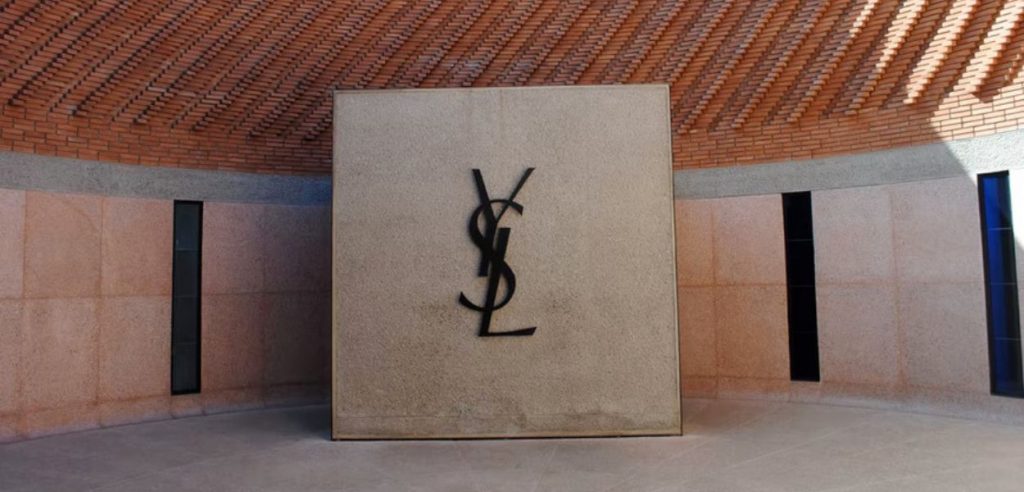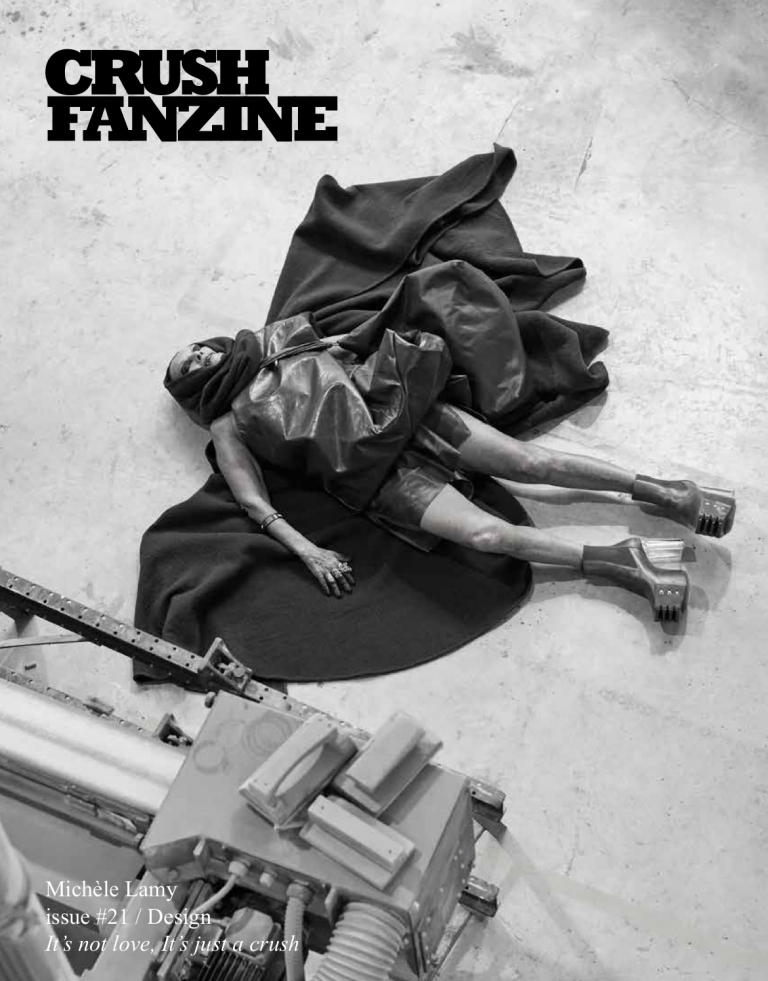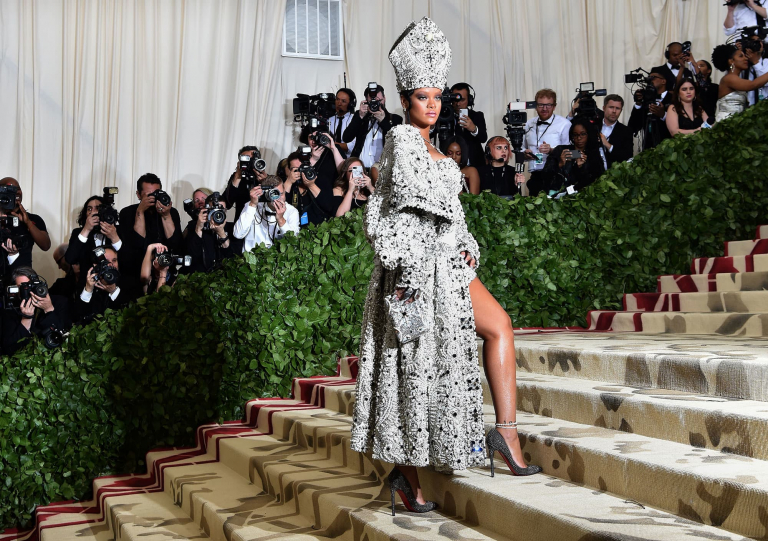Few could claim to not be acquainted with the YSL acronym. Whether plastered onto bags or serving as a boot’s high heel, these letters are virtually everywhere. Indeed, Saint Laurent Paris, formerly known as Yves Saint Laurent, is definitely a household name. The brand has by now become synonymous with an edgy yet elegant Parisian-chic look. Though niche, the popularity of such an aesthetic is currently astoundingly momentous.

In fact, it wouldn’t be surprising if you were already acquainted with the story of the man behind the brand. After all, there are more than a couple of films that center around Yves Saint Laurent’s life story.
Nevertheless, the story of YSL, the company, might be a little less familiar to the average person. How did this brand emerge? How did it amass such a massive success? What was YSL’s impact on the fashion industry—and the world at large? How has it managed to carry on with its legacy?
Stay tuned to find out.
Less Than Humble Beginnings: from Dior to YSL
Yves Henri Donat Mathieu-Saint Laurent was born in Auran, Algeria, on August 1, 1936. After moving to Paris, attending fashion school and winning a design contest, Yves caught the attention of a Vogue executive. The latter was highly impressed with his designs. So much so that, considering them similar to Christian Dior’s creations, he decided to share them with the famous designer.
It was then that, at the shortage of 17 years old, Yves became Dior’s protégé. As a matter of fact, Dior’s runway slowly began to feature more and more of his designs. This culminated after Dior’s death in 1957 when Saint Laurent was named creative director of the House of Dior.
Though Yve’s first collection for Dior (1958) was widely celebrated, his following collections somewhat lost the favor of fashion critics. Looking back, this is hardly surprising, as the creative attempted to distance Dior from bourgeois rules of the time. Unfortunately, however, the bourgeoisie was precisely who the brand was supposed to be targeting.
After designing six collections for Dior, Yves was drafted for military duty in Algeria in 1966. Sadly, he fell into a nervous collapse shortly after and was then fired by the House of Dior.
Still, Yves didn’t simply accept defeat. Instead, he opened his own fashion house in 1962. He wanted a place to express his own fresh ideas. And that’s exactly what he did.
Crossing Gender Boundaries: From Le Smoking to Androgynous Menswear
One of Saint Laurent’s most significant characteristics is its refusal to abide by gender rules. Take the example of Le Smoking, which debuted in 1966. A tuxedo for women, the design was not in alignment with the time’s gender norms, for it was still controversial for women to wear pants in public.
Indeed, it seems that Yves Saint Laurent had a shocking insight into the minds of women. He knew what they wanted. And he believed they wanted trousers and blazers: they wanted functionality. Perhaps unsurprisingly, he was right. Early adopters of the style included icons such as Bianca Jagger, Liza Minelli and Catherine Deneuve.
Subsequently, YSL became one of the first brands to “free the nipple”. Once again, in the late 1960s, the designer proved to know exactly what the women of his time were looking for. It was, after all, the sexual revolution and the beginning of the second-wave feminism movement. So, he introduced transparent and sheer tops into his collections in an effort to assert gender equality.
Importantly, the brand’s contemporary collections still feature its age-old revolutionary outlook on gender. Prominently, its latest menswear collections heavily rely on an androgynous aesthetic, adopting both traditionally feminine and traditionally masculine elements.
YSL: Art and Read-to-Wear
Art and Fashion As One
It’s essential to understand that Saint Laurent’s innovative drive did not stop at the item of gender. Though collaborations between fashion designers were not uncommon before YSL—notably those of Dalí and Schiaparelli—the brand gave them a new twist.
Undoubtedly, Saint Laurent was the first to completely merge art and fashion and put art on the runway. The creative created countless garments which featured existing art pieces in themselves. One of the most famous examples of this is the Mondrian cocktail dress, part of YSL’s 1965 Autumn/Winter collection. This collection was made up of twenty-six looks inspired by Mondrian’s 1920s color compositions. Through the artist’s work, YSL aimed to create clothes out of colors and not lines, thus escaping their inherent stiffness.
The brand undertook similar endeavors time and time again. In 1966, it released a collection inspired by pop art. In 1988, its S/S collection celebrated the works of Braque, Picasso, Van Gogh and Matisse. Garments both emulated the artworks and the fashion within them.
The connection between YSL and art is so prominent, in fact, that his designs are often incorporated into art exhibits. But that’s not all. He was the first living designer to be honored with a solo exhibition at the Metropolitan Museum of Art.
Saint Laurent, the Inventor of Ready-to-Wear
Perhaps one of YSL’s most significant contributions to the fashion industry is the very concept of ready-to-wear. Certainly, Yves Saint Laurent was the first couturier to successfully launch a ready-to-wear line. Surely, in 1966 in Paris, the designer opened a ready-to-wear boutique: “Saint Laurent Rive Gauche.”
The store was an immediate success and was markedly distinct from previous conceptions of ready-to-wear. At that point in time, ready-to-wear collections were simply thought of as less luxurious versions of haute couture ones. Nevertheless, YSL diverged from this idea and turned Saint Laurent Rive Gauche into a place of experimentation.
YSL’s ready-to-wear was the place where Saint Laurent could somewhat safely test out new and risky ideas. In no time, the boutique became the epicenter of Paris youth culture. Furthermore, it was within this environment that the designer conceived of fashion as a mix-and-match game. Whereas haute couture presented ensembles as already-made outfits, ready-to-wear encouraged the customers themselves to imagine the combinations.
The Saint Laurent of Today
Now that you know the history of YSL, you might wonder what its place is in today’s fashion industry. Well, Yves Saint Laurent officially retired in 2002. In that same year, the brand presented its last haute couture collection.
So, with the new millennium, came a new YSL. While staying true to its gender-crossing heritage, the brand built a new marketing strategy. It placed itself in the middle price range within the fashion luxury industry. This allowed it to stay relevant by catering to youths, whose purchasing power is lower than that of older generations.
Hedi Slimane, who was named creative director of the brand in 2012, brought other significant changes with him. For instance, he changed the brand’s name: Yves Saint Laurent became Saint Laurent Paris. This re-branding also included the incorporation of an edgy aesthetic, which Saint Laurent is known for today.
Such a re-imagining also allowed for new brand faces to emerge. Celebrities like Zoë Kravitz became frequent endorsers for the brand. Today, BLACKPINK’s Rosé is the brand’s biggest international ambassador.
All in all, YSL has proved capable of reshaping itself according to the times. Therefore, it’s exciting to think of what might come next. We, for one, cannot wait to see it.
Like this article? Check out our consideration of Balenciaga’s politico-social criticism.






